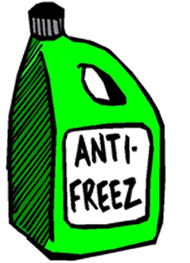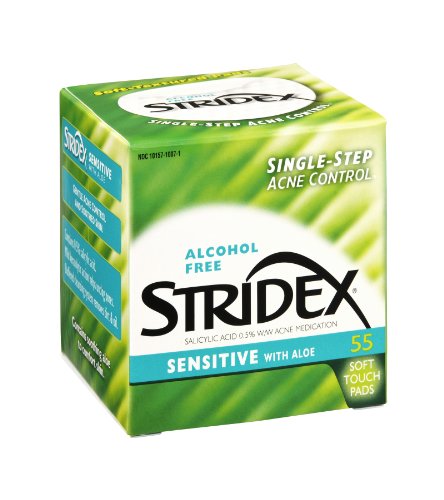A Few Facts About Dog Allergies Treatment
A range of choices for dog allergies treatment are available, which collectively serve as remedies for the four most common causes. Similar symptoms characterize the allergic reactions from all the sources of this disorder. For the majority of pets, the standard remedies taken are effective in controlling symptoms. Steroids or immunotherapy exist for the exceptions that do not respond to the regular approaches.
The two most common causes of allergic reactions are atopic, or inhalants, mainly dust mites, pollen, mold and mildew, and allergens that are present in flea saliva. The symptoms of an allergy are most commonly caused from inhaling an antigen, or a substance which causes the production of antibodies. Studies show that in excess of 40 percent of canines react to the offending substances in flea bites.
The third common cause is allergic reactions to food. The foods most often involved are the same ones that are the primary ingredients found in pet foods on the market. A rarer form of allergy are skin conditions, which may include ringworm or the mange, both fungal infections. Two types of contact dermatitis, Allergic or Irritant, also exist, and are caused by exposure to harsh chemicals or certain metals or antibiotics.
The symptoms that are common to all the different causes are itching and skin problems, so it can be difficult to pin point the specific origin of the disorder. Possible indications that a food allergy may be present are recurring ear problems and increased bowel movements. The best approach to identify food as the cause is a food trial, which involves feeding the animal a novel food source for twelve weeks, then slowly reintroducing foods.
A similar approach of avoiding the cause helps to diagnose a skin problem. An exclusion trial consists of restricting the pet to an uncarpeted room and away from grass and other plants. If the problem decreases, gradual reintroduction of allergens is done until symptoms return. The majority of symptoms produced from inhalants or fleas are controlled with simple treatments.
The first step one can take is to add Omega-3 fatty acids to their pets diet. This is fish or flax oil and they assist in reducing the effects of histamines, which are responsible for the itching and skin conditions. If the fatty acids do not take effect in a few weeks, antihistamine drugs, originally designed for humans, can also work for canines.
Biotin, or vitamin B7, has been found to be an effective therapy for a good percentage of animals. Remedies that are applied to the pets skin, such as anti itch salves, sprays or shampoos, are called topical therapy. Those solutions, as well as hydrocortisone shampoos, offer temporary relief and do not treat the cause.
In the most stubborn cases, immunotherapy, similar to allergy testing and injections for humans, is used as a dog allergies treatment. This consists of skin tests to determine the allergens involved, then giving weekly injections until immunity builds up. Steroids are another effective remedy, but because they may affect the immune and endocrine systems, their use is normally reserved for severe cases.

 What to Do about Fleas on Dogs
One or two fleas found on yo
What to Do about Fleas on Dogs
One or two fleas found on yo
 Winter Safety For Dogs Part 1 ?The Dangers of Antifreeze
The Dangers of Antifreeze For Your Dog
With colder weather
Winter Safety For Dogs Part 1 ?The Dangers of Antifreeze
The Dangers of Antifreeze For Your Dog
With colder weather
 How to Treat and Prevent Infected Wrinkles in Wrinkly Dog Breeds
In humans, wrinkles are a us
How to Treat and Prevent Infected Wrinkles in Wrinkly Dog Breeds
In humans, wrinkles are a us
 Designer Doggy Wear
Pampered PoochesWeve all seen them right? Little doggie
Designer Doggy Wear
Pampered PoochesWeve all seen them right? Little doggie
 Advantages of Choosing The Right Orthopedic Dog Bed
Pets are very important in various households. This is
Advantages of Choosing The Right Orthopedic Dog Bed
Pets are very important in various households. This is